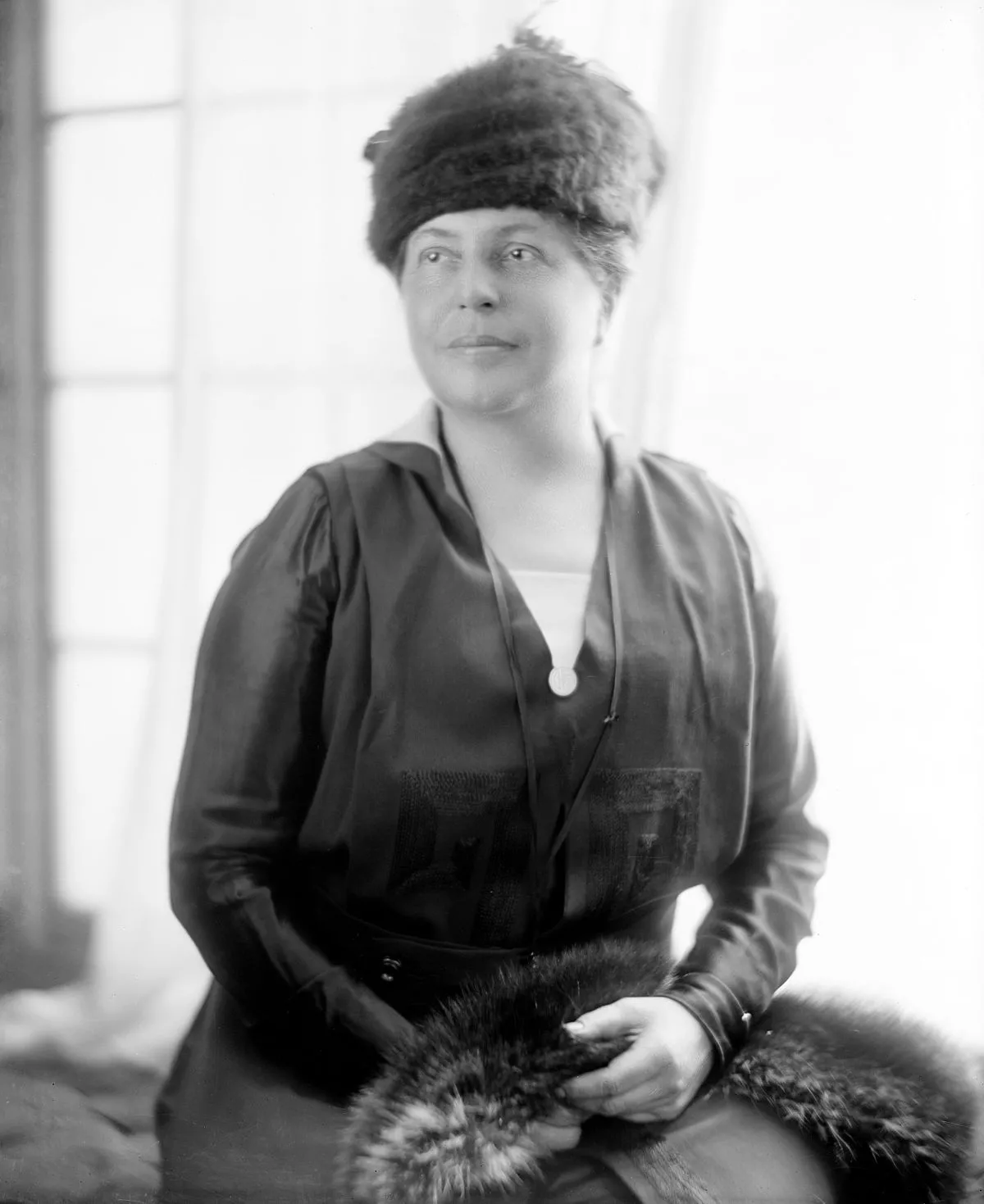 1.
1. Lillian D Wald was an American nurse, humanitarian and author.

 1.
1. Lillian D Wald was an American nurse, humanitarian and author.
Lillian Wald strove for human rights and started American community nursing.
Lillian Wald founded the Henry Street Settlement in New York City and was an early advocate for nurses in public schools.
Lillian Wald briefly attended medical school and began to teach community health classes.
Lillian Wald was involved in the founding of the National Association for the Advancement of Colored People.
Lillian Wald was a pioneering nurse and social reformer who played a crucial role in establishing public health nursing in the United States.
Lillian Wald emphasized the importance of community-based nursing, hygiene education, and disease prevention, which became fundamental principles in modern nursing.
Lillian Wald was born into a wealthy German-Jewish medical family in Cincinnati, Ohio.
Lillian Wald's parents were Max D Wald and Minnie Wald.
Lillian Wald attended Miss Cruttenden's English-French Boarding and Day School for Young Ladies.
Lillian Wald applied to Vassar College at the age of 16, but the school thought that she was too young.
Lillian Wald graduated from the New York Hospital Training School for Nurses in 1891, then took courses at the Woman's Medical College.
Lillian Wald worked for a time at the New York Juvenile Asylum, an orphanage where conditions were poor.
Lillian Wald's ideas led the New York Board of Health to organize the first public nursing system in the world.
Lillian Wald was the first president of the National Organization for Public Health Nursing.
Lillian Wald established a nursing insurance partnership with Metropolitan Life Insurance Company that became a model for many other corporate projects.
Lillian Wald suggested a national health insurance plan and helped to found the Columbia University School of Nursing.
Lillian Wald authored two books relating to her community health work, The House on Henry Street and Windows on Henry Street.
Lillian Wald believed that every New York City resident was entitled to equal and fair health care regardless of their social status, socio-economic status, race, gender, or age.
Lillian Wald argued that everyone should have access to at-home care.
Lillian Wald was a strong advocate for the social benefit of having donors who dwelled within the community.
Lillian Wald provided a unique opportunity for women and employment through the Settlement.
Lillian Wald taught women how to cook and sew, provided recreational activities for families, and was involved in the labor movement.
Lillian Wald was an early leader of the Child Labor Committee, which became the National Child Labor Committee.
Lillian Wald remained involved with the AUAM's daughter organizations, the Foreign Policy Organization, and the American Civil Liberties Union after the United States joined the war.
Lillian Wald maintained her closest relationships and attachments with women.
Correspondence reveals that Lillian Wald felt closest to at least two of her companions, homemaking author Mabel Hyde Kittredge and lawyer and theater manager Helen Arthur.
Ultimately Lillian Wald was more engaged in her work with Henry Street than in any relationship.
Lillian Wald preferred personal independence, which allowed her to move quickly, travel freely and act boldly.
Lillian Wald died of a cerebral hemorrhage on September 1,1940.
Lillian Wald was interred at Mount Hope Cemetery in Rochester.
Lillian Wald was elected to the Hall of Fame for Great Americans in 1970.
In 1993, Lillian Wald was inducted into the National Women's Hall of Fame.
Lillian Wald paved the way for women in the public health world in numerous ways: As a medical provider, an employer, and an educator.
Lillian Wald's legacy is still seen today in the Visiting Nurses Service of New York.